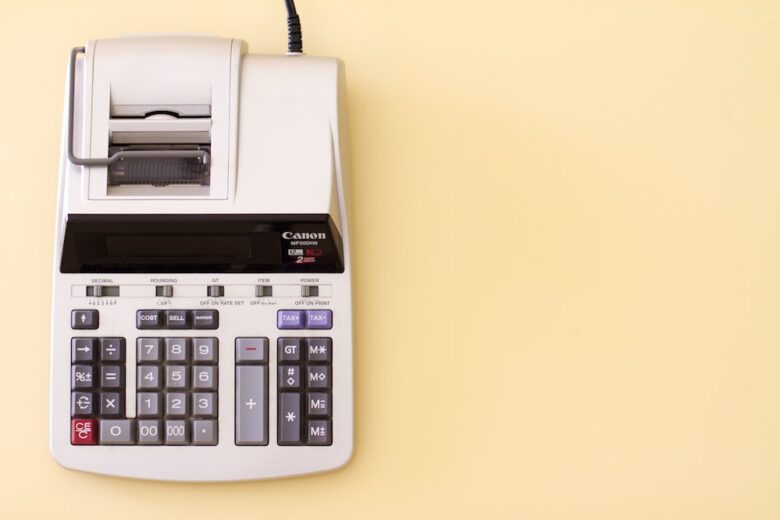The uncomplicated guide to small business accounting basics
Need to get to grips with the finances of your new business? Here’s the uncomplicated guide to small business accounting basics.
Are you a fledgling business owner with what seems like a never-ending list of to-dos and action items for your business? Are you finding it difficult to keep up with everything from payroll to product testing to recruiting employees?
If so, then you already know it’s important that you do the most important tasks first. And one of the most important tasks for businesses is bookkeeping. Without a good idea of your accurate financial metrics, it’s impossible to know where your business is heading.
In this article, we’ll teach you the principles of basic accounting for small businesses.
Leverage software
The first thing to keep in mind as you learn accounting basics for small business operations is that you need to be leveraging software. Nowadays, there exists a myriad of different software tools to accomplish almost any facet of your business’s operations. Bookkeeping is no exception to the rule.
Take some time to explore the various software options available in this market. You’re going to want a lightweight system that is intuitive and easy to use. As a small business owner, you don’t need a large, cumbersome system that takes a long time to get set up, as you won’t need very complicated functionality.
Create journal entries
Once you have your software in place and linked to your business bank account, the first step in bookkeeping is creating journal entries. A journal entry is a record of a financial transaction that your business enters in.
Naturally, there are two types of journal entries: debits and credits. It is, of course, important that you categorize this information (debit vs credit) alongside information of what the transaction was used for.
Know your ledger
As you stamp your journal entries in your system, you should be creating a ledger as you go. The ledger will let you know your bank account’s balance after each subsequent transaction. This in turn will make things far easier when it comes time to reconcile your bank statements to your transactions.
For those who want to take their financial knowledge to the next level, pursuing the CIMA qualification can be a game-changer. CIMA (Chartered Institute of Management Accountants) equips you with advanced skills in financial planning, analysis, and management, making it an excellent choice for business owners aiming to optimize their financial strategies.
Reconcile bank statements
Reconciling bank statements is the science of reconciling the final numbers that exist in your bank to the sum total of all of your journal entries. This can be a time-consuming and painstaking process if you didn’t enter one of your journal entries correctly, so be sure to take your time on that step.
Create financial statements
The last step in the process is creating financial statements in order to display the basic financial metrics for your business. These statements include the income statement, cash flow statement, and balance statement. They give you a great picture of where your company is financially.
As a small business, it is vital that you have a handle on your finances for legal and compliance reasons. If you ever find legal action being taken against you for whatever reason, your business finances will need to be in order and above board, so you need to have accounting basics covered. If you ever find yourself in this situation, then having a trustworthy solicitor like those at Harper James Solicitors is essential.
The best way to learn how to efficiently create these statements is to take a bookkeeping certification course.
Know how to do basic accounting for small businesses
There you have it! With this guide to basic accounting for small business owners under your belt, you should know the basic accounting principles for small businesses and have the ability to know where your company is financially.




